Gardeners, and especially Vermont ones, seem to like to share maxims. Like “Don’t like the weather? Wait 5 minutes.” My Nebraska wife said she’d heard that one out there too, so don’t go thinking that our weather is more strange in the Green Mountains. The one I was thinking of a couple of days ago was on Japanese Beetles, and their annual appearance on the Fourth of July.
It held true this year, at least in my yard, with a small collection of them on some wild grape leaves. They’re a particualry nasty little pest, as their voracious appetite can seemingly eat anything in their path. In reality, though, they favor certain plants above all others, but it would be a dreary yard indeed if you didn’t have at least one plant they found tasty.
Japanese Beetles were introduced in August of 1916 in the Henry A. Dreer, Inc. Nurseries, about 2 1/2 miles east of Riverton, New Jersey. Closed in 1944, this very famous nursery owned the very first plant patent, the New Dawn Rose, a climber still in production today. Rutgers and the U.S. Department of Agriculture made a valiant effort to control the spread of the beetle, including attempting to keep sprayed a half mile radius of land around the point of discovery with Arsenate of Lead. The beetles turned out to be strong fliers, and would quickly fly to un-sprayed foliage. Control efforts moved to containment, but the Beetle was too strong for that as well. By 1920 the beetle occupied 50 square miles of New Jersey, 213 square miles in 1921, and by 1925 was over 500 square miles. (Read about the complete battle at the Rutgers Department of Entomology.)
Japanese Beetle, Popillia japonica, are very recognizable and familiar to many of us working outside. It’s bronze colored back is a dead give-away, with a metallic green body. Harder to identify, but equally destructive, is it’s larval phase, a white grub in prolific in lawns almost 2 inches long. The grubs are strong feeders of turf roots, but most people complain about the turf damage caused by raccoons and other creatures digging for a fast grub meal.
They are clumsy fliers, dropping when hitting a wall (don’t we all?), so that’s how the ubiquitous traps work, by having four walls coated in floral scent and phermone to lure the idiotic beetle to fly into, dropping in the bag below.The traps work great, too great, a victim of their own success. Multiple studies have shown that the traps lure insects not only into the trap, but into the surrounding area, thereby increasing the population. The best place for a trap? The next door neighbor’s yard.
Control of the beetle is best done at the source, the grub stage, but is quite tricky in Vermont. The best organic control is Milky Spore, a Bacillius bacteria that kills the grub, and reproduces itself inside the body, spreading into the soil. Unfortunately, Milky Spore does not do well in heavy, moist, cold soils, namely all Vermont soils. While it is somewhat active at soil temperatures of 60 degrees, it does best at 80, a range rarely seen this far north. Anecdotally I’ve heard of treatment succeeding quite well, but it’s time and expense I can’t rationally recommend.
Other control recommendations seem to almost change yearly, so you’re on your own. I’ve had good luck picking them off by hand or dropping them into a mason jar of soapy water-they aren’t the fastest things in the world. Systemic insecticides work well, but our bee population would thank you if you stay right away from those.Neem, or even hot pepper oil, acts as a deterrent in low populations, although higher populations will ignore them like a teenage boy in a line for pizza.

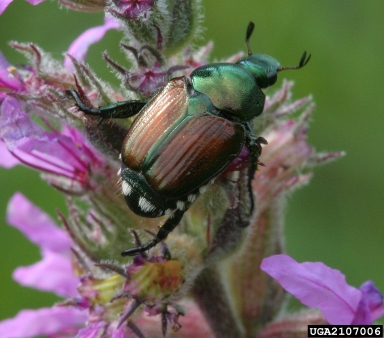
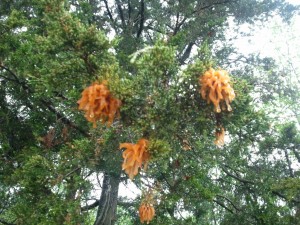
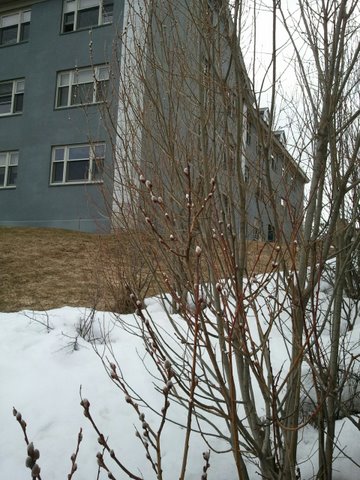
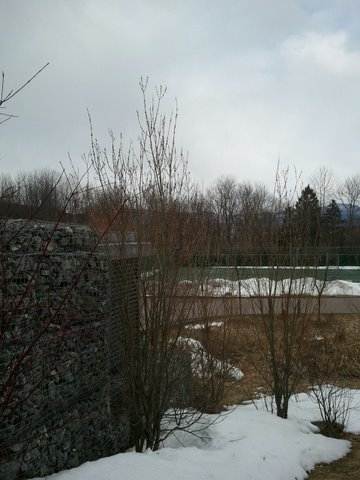

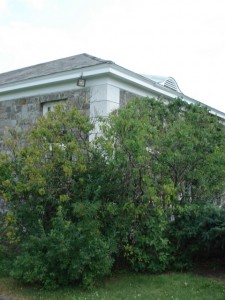
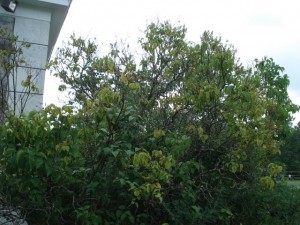
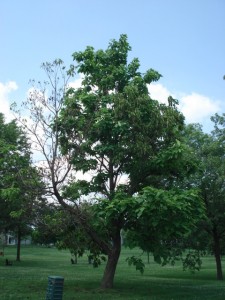
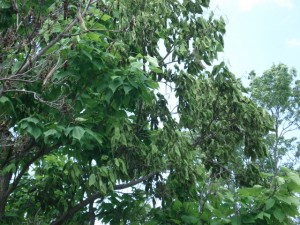
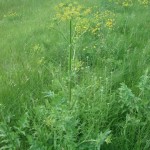
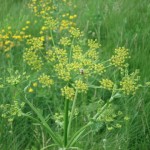
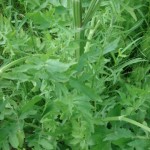
You must be logged in to post a comment.